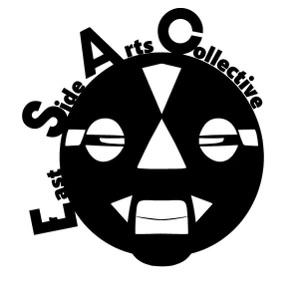
In her poem, “13 Ways of Looking at a Black Girl,” Morgan Parker recounts — in an almost propulsive series of eruptions — images associated with black girls. The poem begins with the phrase “at risk,“ and ends with the word “lost.“ Parker names two enslaved ancestors — Sally Hemmings, mother of six of President Thomas Jefferson‘s children, and the “Venus Hottentot” or Sarah Baartman, a South African woman put on display like a zoo animal in 19th century Europe.
Although the poem contains the names of other avatars of “Black excellence,“ like Michelle Obama and Oprah Winfrey, it seems as if the risk is still realized at the poem’s end.
“lost.”
In the United States, Black women are often at risk, and are just as often lost.
Last week, as I delivered the opening lecture for my African-American Women’s writing course, I worked hard to contextualize how the first writer we would read – – Phyllis Wheatley – – did not come from women who popped into existence “at risk.”
Phyllis Wheatley, the first African-American woman to publish a poetry book of poetry in the United States, was never on a doomed path until she was kidnapped from west Africa and trafficked by enslavers.
After publishing her foundational book, she was eventually manumitted and released into a society where her ability to read and recite Greek and Latin, and compose verse in the style of classical poets like Pope meant nothing. She was a washer woman, and a scullery maid. Brilliant and doomed. Brilliant and dead by 31.
Lost.
Now some 250 years later, I stand before you as a literary descendent of Wheatley‘s, reading Morgan Parker’s poem that calls out to still too many of us who are lost.
In two weeks, the East Side Arts Collective — a collective of East St. Louis based artists, of which I am a member — will be partnering with formerly incarcerated women to host the program, A Community Conversation: Women’s Paths from Prison to Community.

This is a free public conversation about ways to mitigate the risks formerly incarcerated women have been, and are being exposed to.
Risks like domestic violence. Risks like poverty. Risks like houseless. Risks like the school to prison pipeline.
As a collective, our first project was a mural, This program will serve as our second. To be a Black arts collective in the time, and in the place in which we reside, is to do whatever the community needs. One collective member will be delivering a poem and then we will listen to women who have been impacted by mass incarceration share their stories.
They know best how to navigate us from risk, to the resources they need to save themselves.

I’m interested in attending…….
This is wonderful, y’all. I wish I was available to attend. This looks to be transformative work and I’m glad you all are moving these conversations forward.